From individual modules to certified complete systems, customers can rely on a competent partner at MicroSys Electronics to meet their individual needs - that's what we learned in advance. Messe.TV presenter Klas Bömecke visits the MicroSys stand at embedded world to find out more. We are already curious.
MicroSys starts by building modules, but it doesn't stop there. From the 'system on module', it continues via the single-board computer to the fully certified complete system. And I'll just take a look at what that means in concrete terms.
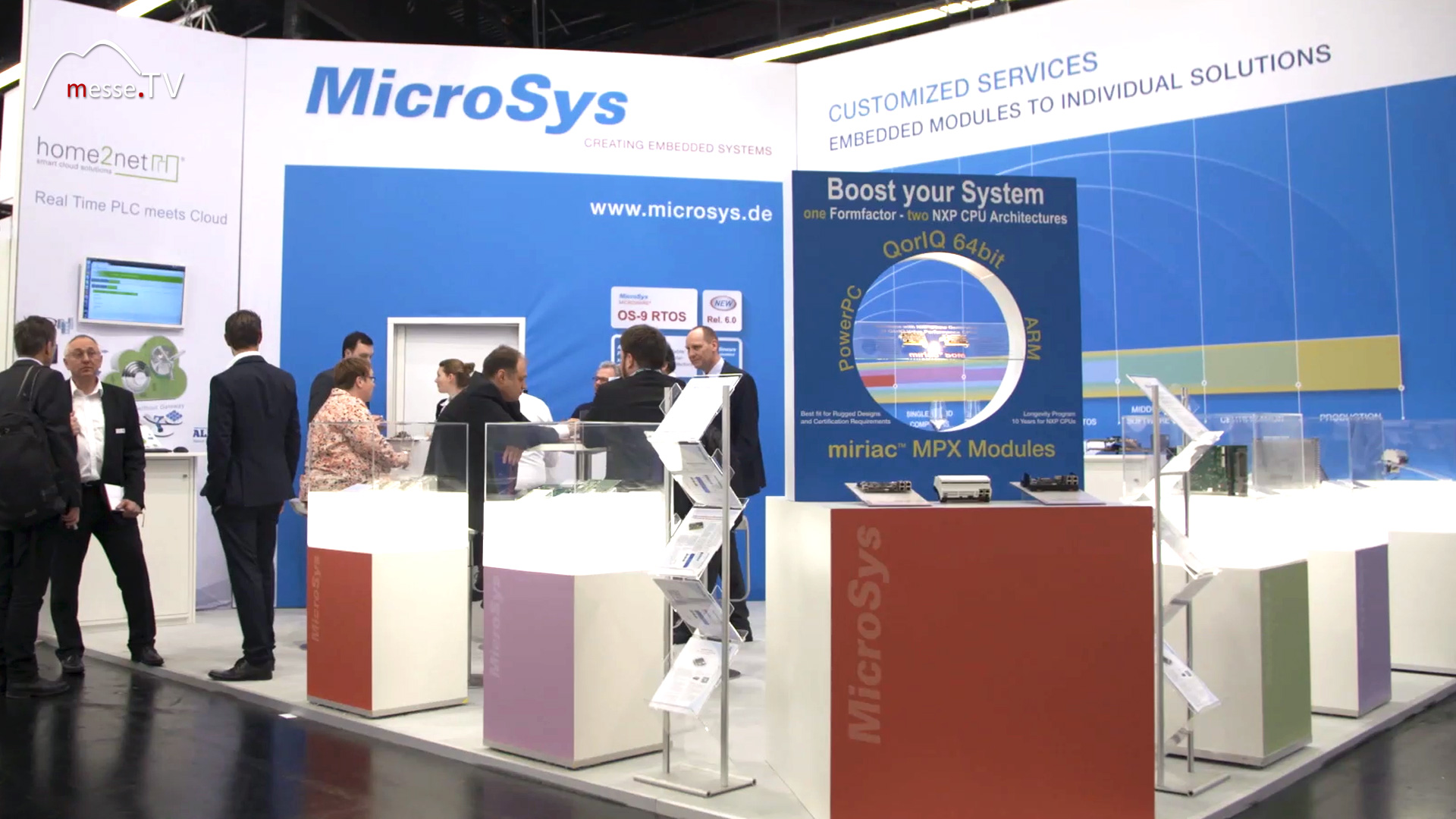
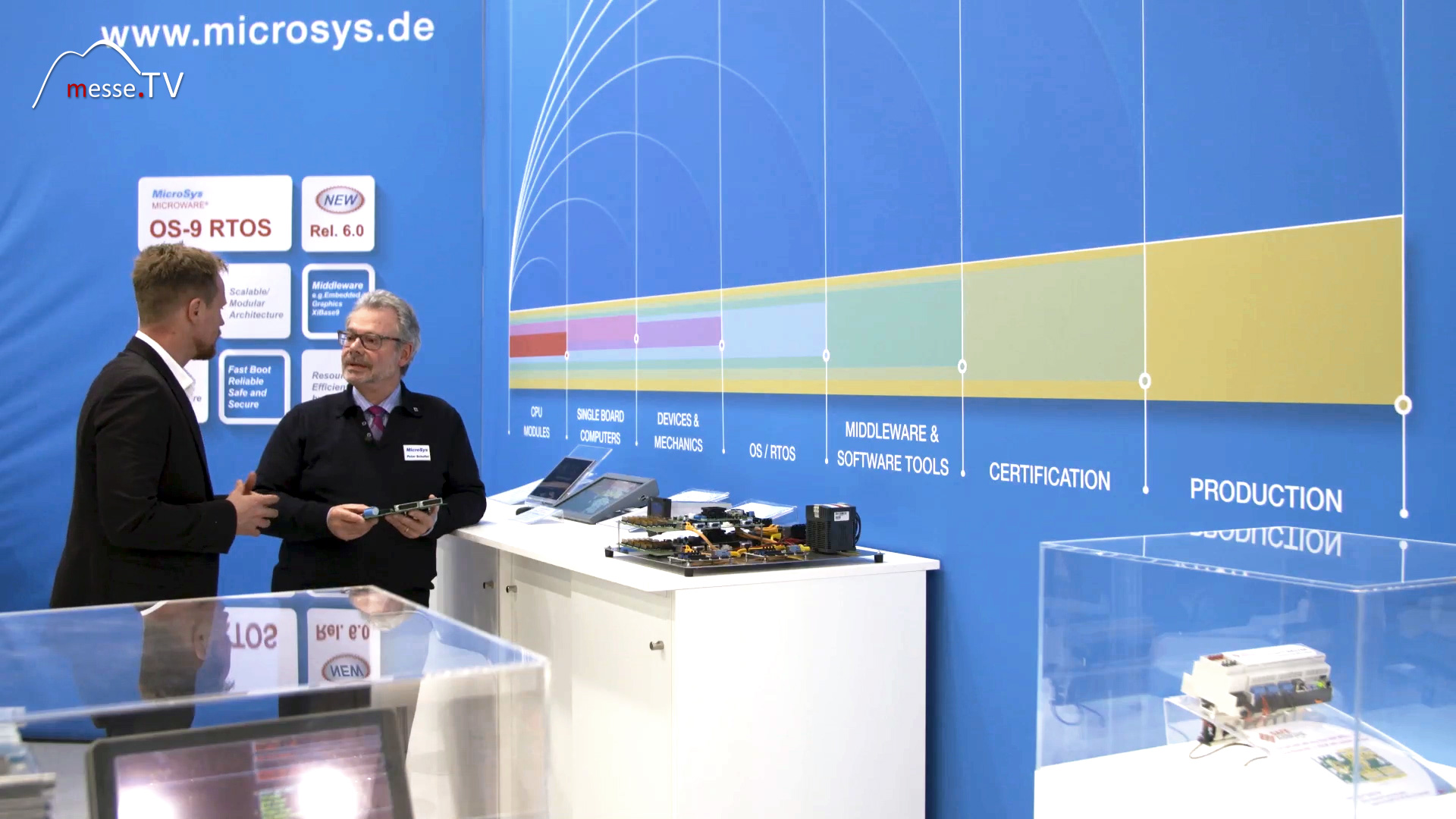
Klas Bömecke: Mr. Schuller, everything starts with modules, so with this small part of the boards, right? Peter Schuller: That's right. Klas Bömecke: What can they do? Peter Schuller: A computer module is a combined, highly integrated, complex component for electronic boards and I make these computer modules so that I don't have to reinvent the wheel several times. With this complex unit, I can relatively easily realize different requirements in the market when I build additional devices or infrastructures. This means that I can implement an autopilot - one of the few new developments of autopilots in Germany, this is a prototype - in a very short time. But I can also build a construction machine from it - I take the module and make other connections here and then it becomes a control system for the construction machine.
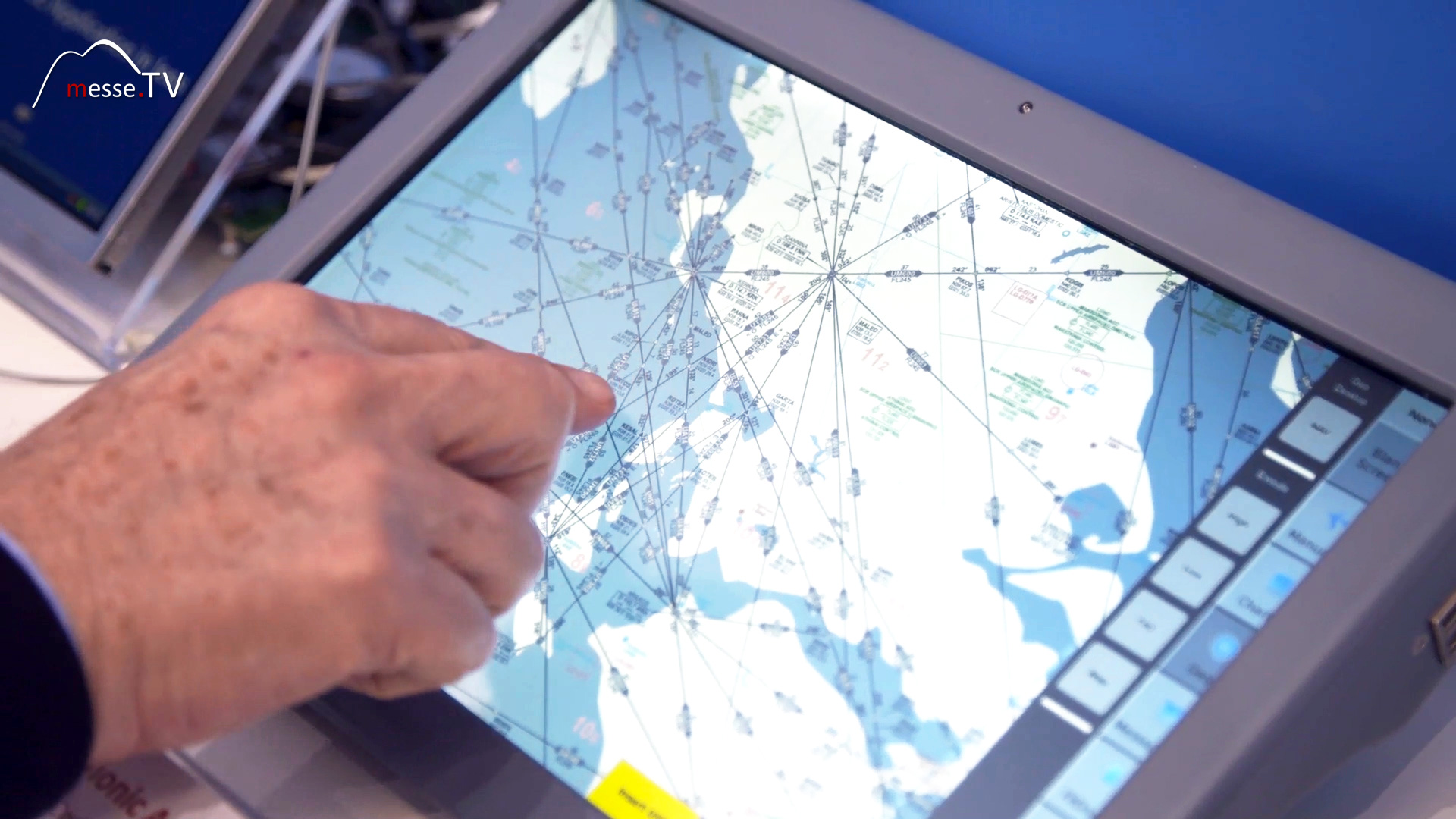
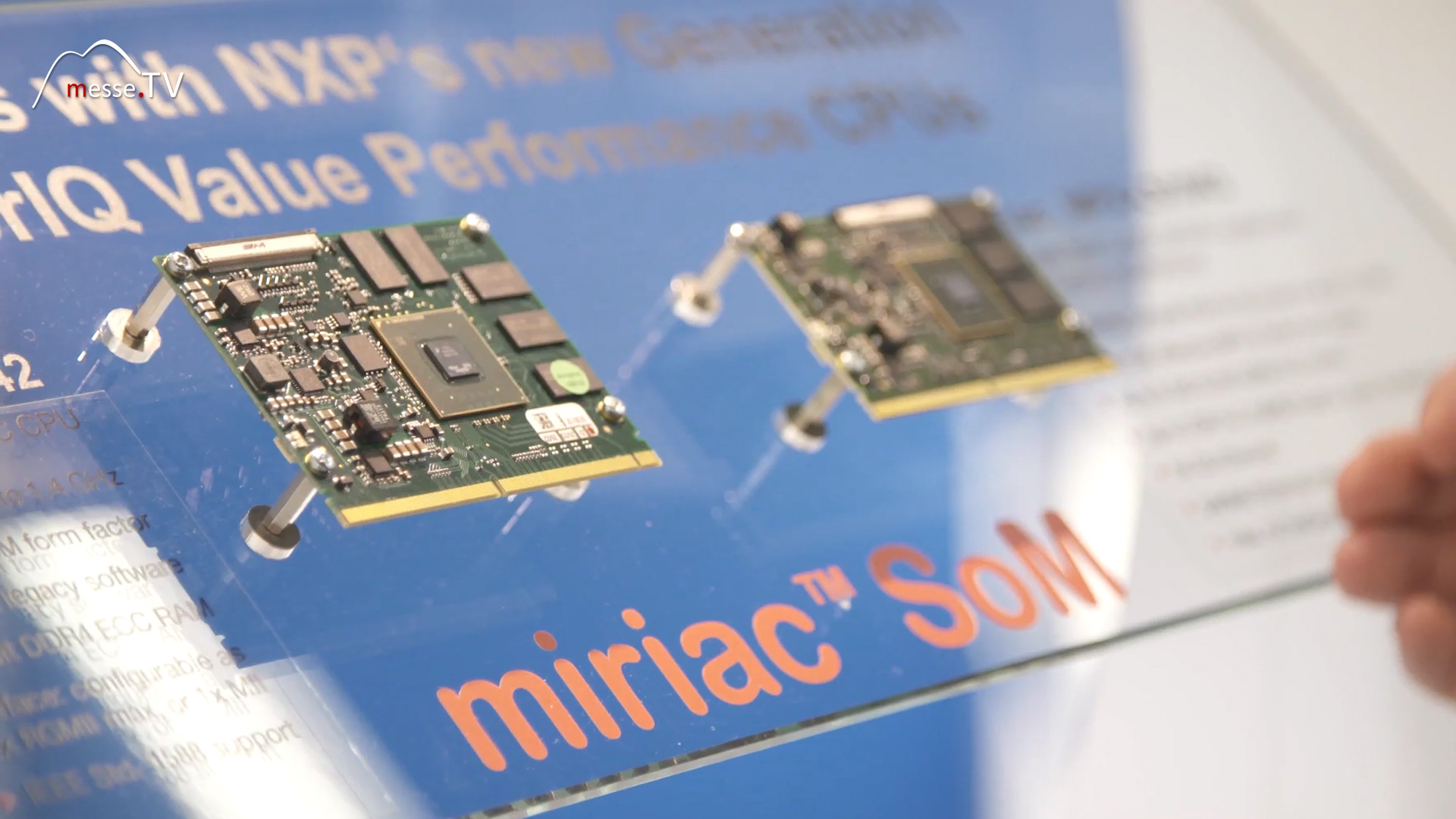
Klas Bömecke: That means you can take a module and create a wide variety of computers from it? Peter Schuller: I can do that - I can take a module relatively easily, create a computer for aviation, for car applications, i.e. automotive, I can use them for construction machinery applications and I can get to market very quickly with this concept as an electronics developer and I can develop prototypes quickly. The graphic in the background behind me essentially describes the company's core competencies. I can show you that briefly! Klas Bömecke: Yes, please. Peter Schuller: CPU Modules - that's the basis of where we come from. Building modules, integrating them. To realize single board computers and we then integrate these single board computers into such devices - Devices & Mechanics in English. These devices can then be approved for aviation, for example, or for rail applications. Then you still need operating system integration - you can see a map here, a flight map so to speak, that is an application that has to be realized. We do that with partners. Klas Bömecke: And you offer this entire chain to me as a customer?
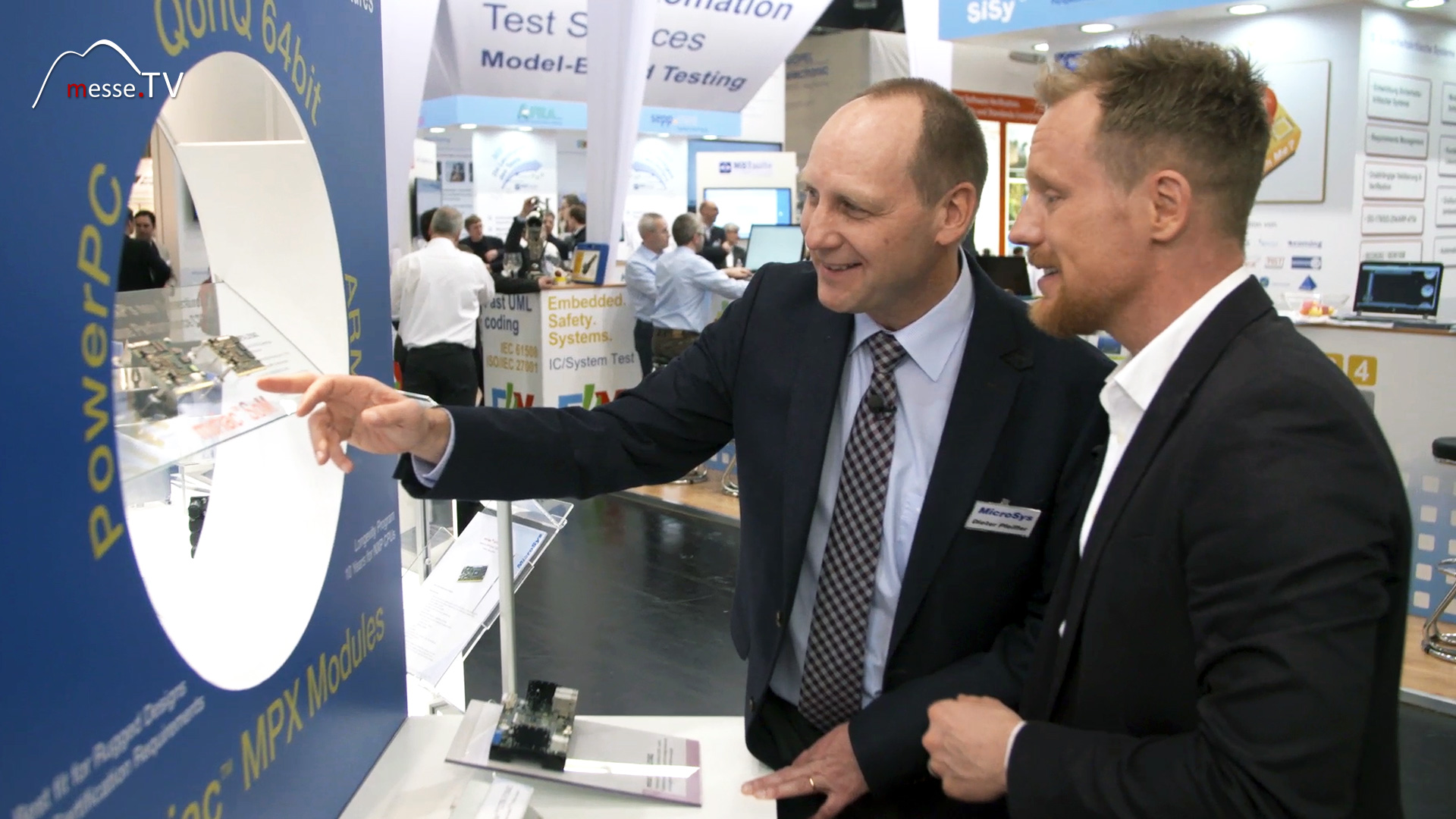
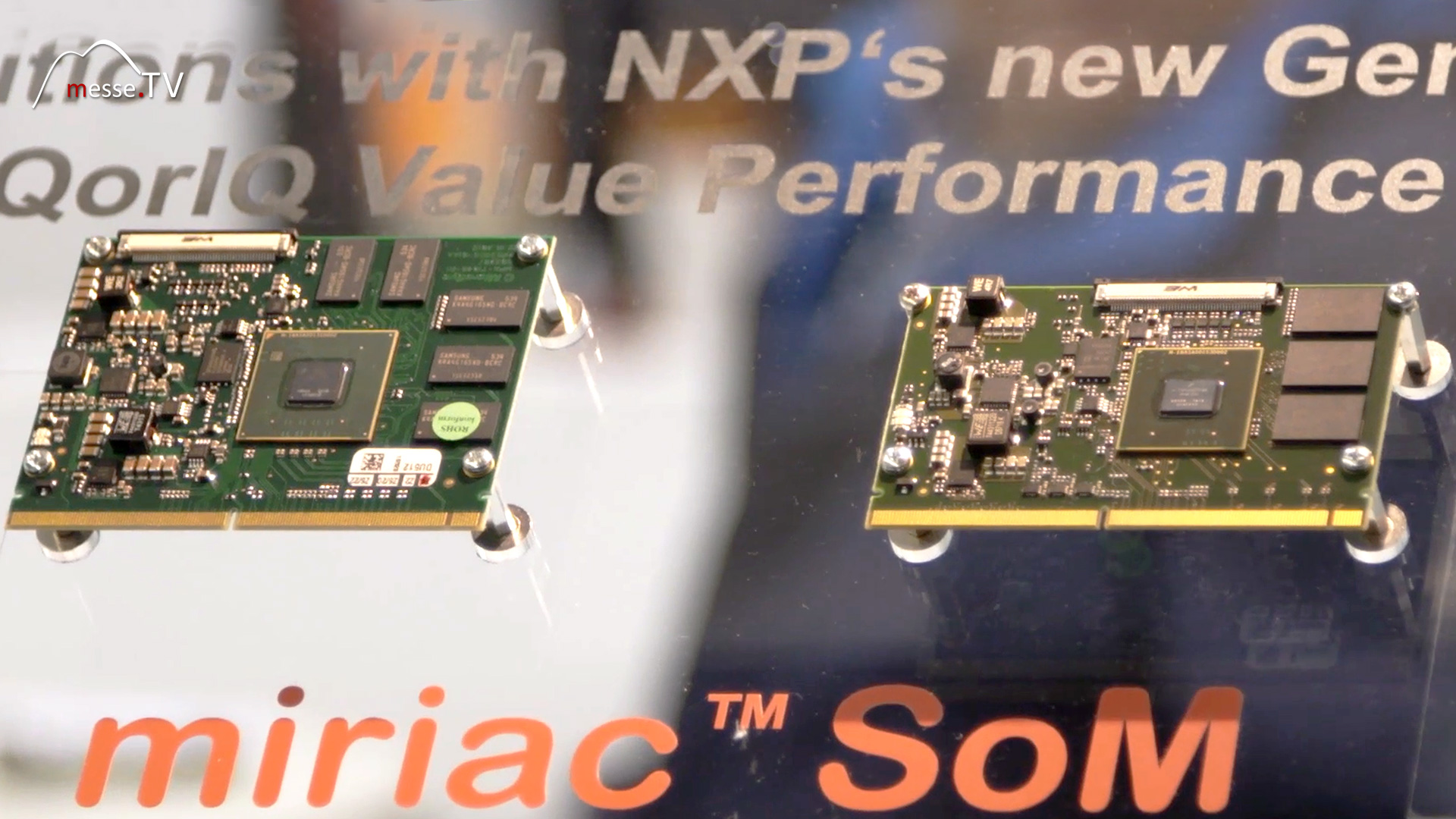
Peter Schuller: We offer you this entire chain and we do this for railroad technology, for example, for aviation, for example, for construction machinery technology. Klas Bömecke: You already have a lot of these modules in operation. What are the innovations this year? Peter Schuller: Here at the trade fair, we are showing a further technical development of a so-called MPX module that we have, the 2nd generation, and I would like to hand over the floor to our Managing Director Mr. Pfeiffer over there at the display. Klas Bömecke switches to the interviewer Dieter Pfeiffer Klas Bömecke: Mr. Pfeiffer, you are standing at the highlights on this stand. Dieter Pfeiffer: That's right. Klas Bömecke: And these are the two of them. Dieter Pfeiffer: This is our latest generation of modules. You see a new form factor, of course smaller than the old one, of course more powerful than the old one. Klas Bömecke: I didn't expect anything else. It has to be smaller and faster.
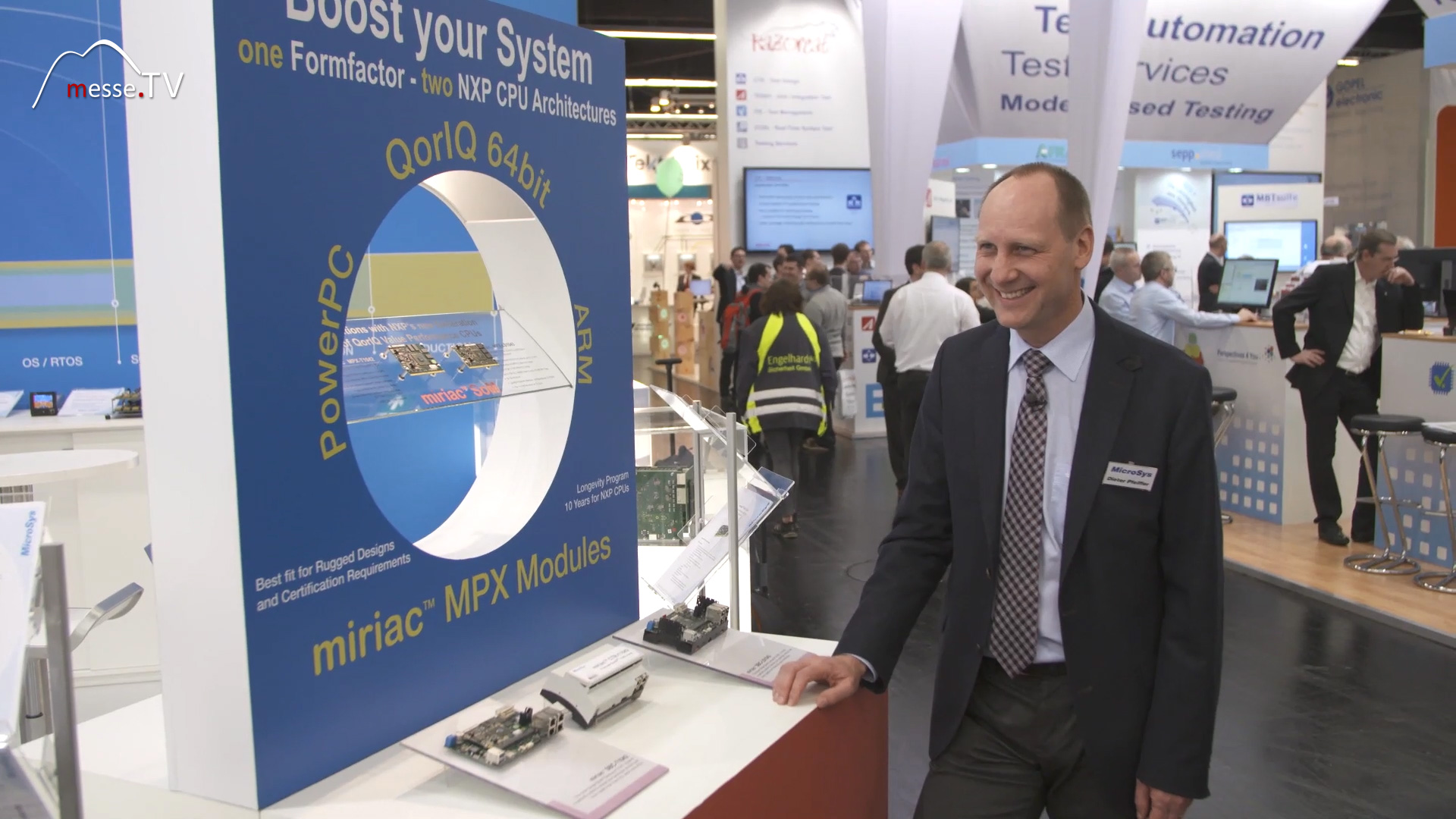
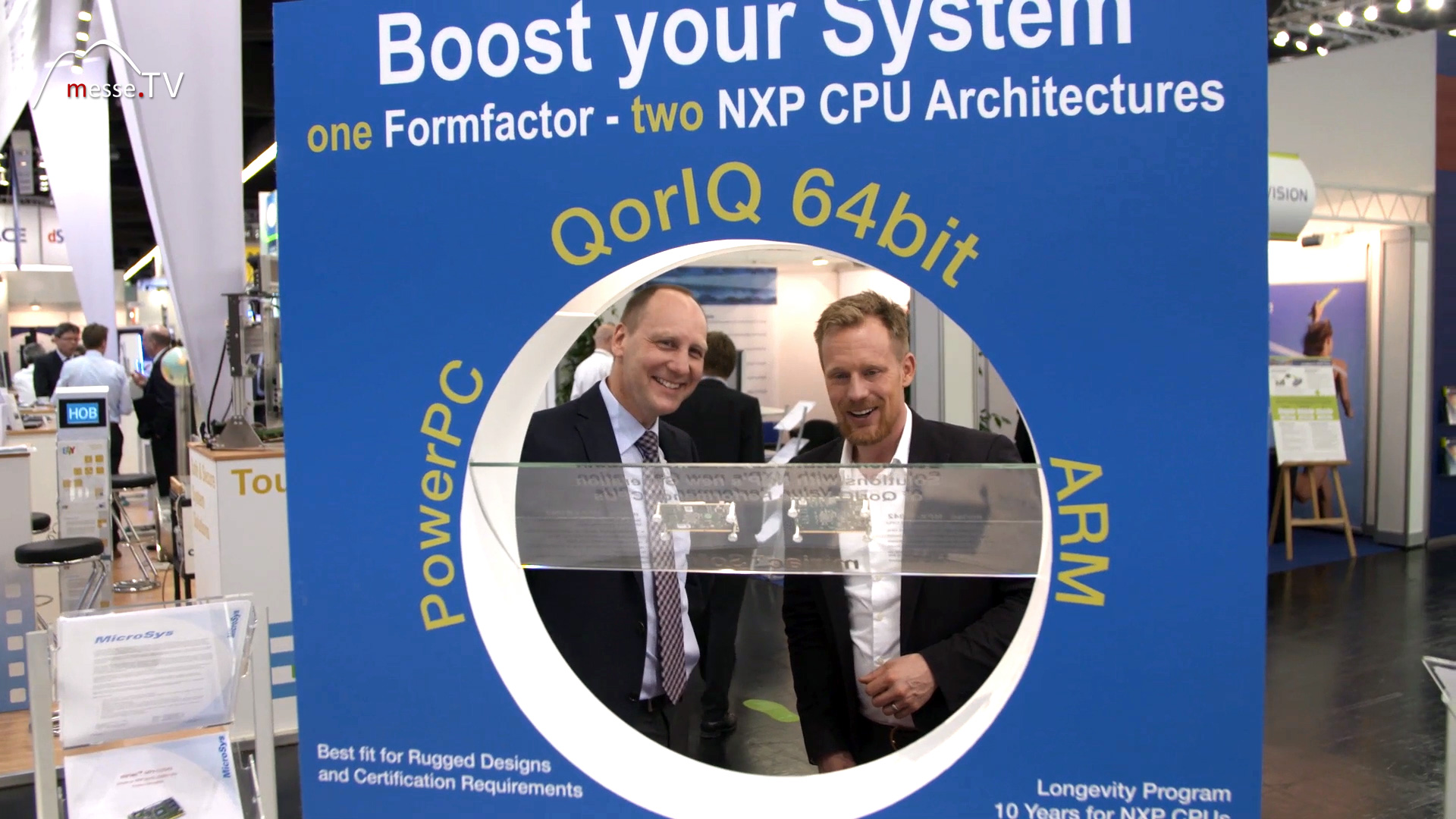
Dieter Pfeiffer: Of course, so our focus is now on quad cores; 4 cores in one processor. Klas Bömecke: And before that it was dual-core or what? Dieter Pfeiffer: Dual-core, before that it was single-core and we can scale up from quad-core to 8-core, 12-core or down to dual-core or single-core because we have space in terms of height. We can make the modules larger or smaller and they still fit into the same interface and we now have up to 16 high-speed interfaces, which is relatively unique and the most striking thing is that 2 Power PC architectures are the traditionally long-term available platform and - given that there is so much software from the handheld world that people would like to transfer to embedded applications - we have a corresponding offer. Klas Bömecke: Does this mean that you are also overcoming any limits that you had previously set? Dieter Pfeiffer: Of course. This architecture is the classic long-term available architecture that you find today in telecoms, but also in avionics, in railroad technology, wherever there are certified systems, but it is technologically an island and if - without wanting to advertise here (pulls his smartphone out of his pocket) - everyone has something like this in their pocket, that is the processor architecture that is on here, and anyone who says - I want something similar, but hard industrialized, extended temperature range, airworthy, suitable for railroads - can implement it with a module like this. Klas Bömecke: I find that very exciting. Now, of course, I'm just curious - what will we see here in a year or two? Will it be even faster and even smaller or is the end of the line in sight somewhere? Dieter Pfeiffer: No, definitely not. So many people have already believed that it will come to an end at some point, it keeps going and we're still here. Klas Bömecke: Okay, then I wish you continued success and I'm looking forward to it.